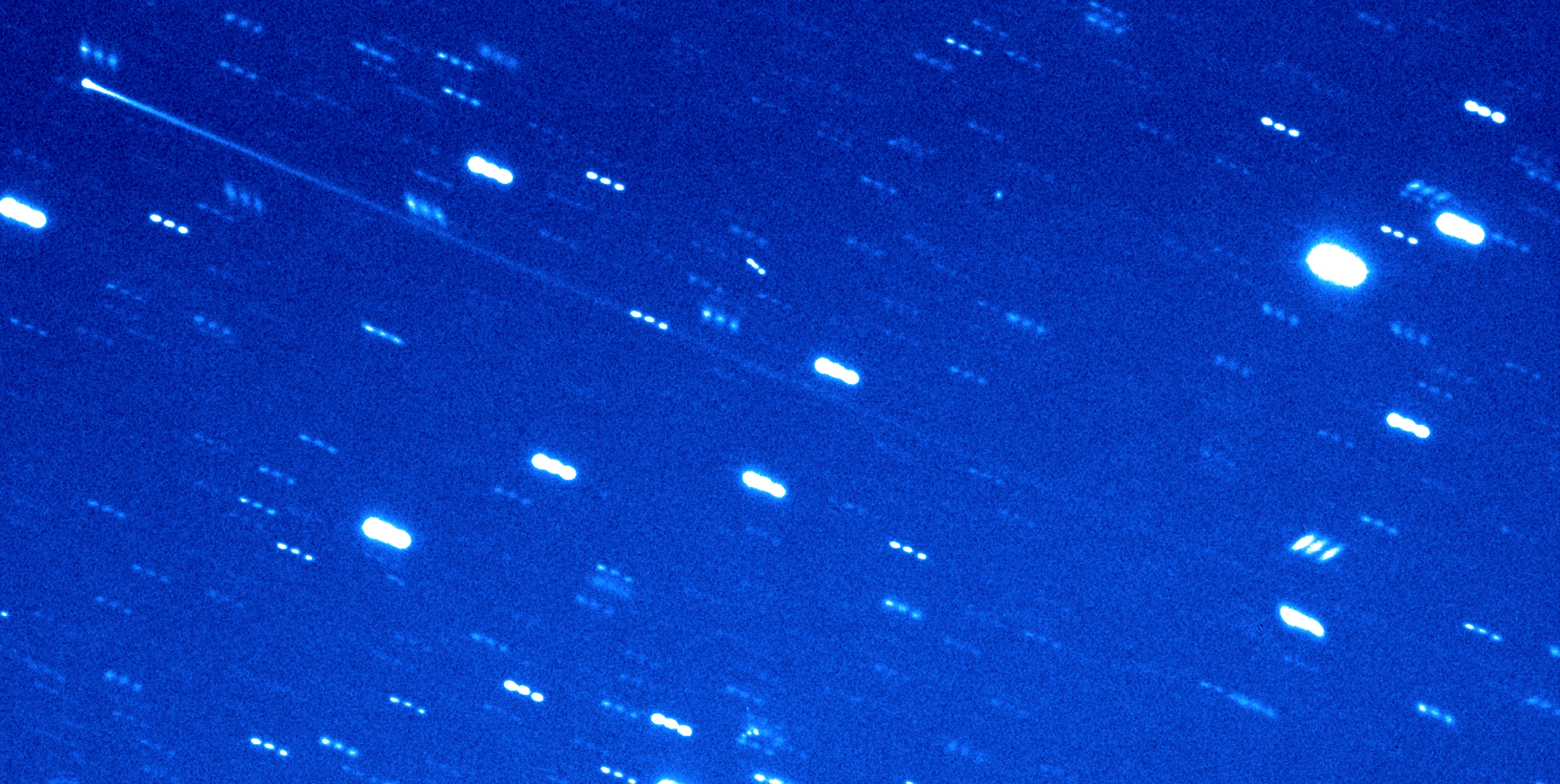
It is finally October, and here around Daily Space, that means all our attention has turned to two very important things: the CosmoQuest Hangout-a-thon on October 23-24, and then our favorite holiday of the year – Halloween. This year I’ll be handing out candy dressed as a Walrus, and it turns out one particular comet has decided to dress up as an asteroid, not just for Halloween, but perhaps for the rest of time.
When we were little, most of us learned that icy comets originate in the outer solar system and orbit on long elliptical paths that carry them back and forth between the outer and inner solar system. While this is true, the story ends too soon and misses out on two important possibilities.
Comets can, and often do, self-destruct by either plunging into the Sun or falling apart when they get too close. Comets can also go into hiding, and if they interact with other objects just right, they can even go into hiding in the asteroid belt. In July 2021, the ATLAS survey spotted asteroid belt object 2005 QN137 growing a tail, which is not exactly something a rocky asteroid should do. Further study revealed that this QN137 is actually a comet.
This discovery was announced at this week’s Division for Planetary Sciences meeting by Henry Hsieh, one of our colleagues at the Planetary Science Institute (PSI). He explains: [QN137] fits the physical definitions of a comet, in that it is likely icy and is ejecting dust into space, even though it also has the orbit of an asteroid. This duality and blurring of the boundary between what were previously thought to be two completely separate types of objects – asteroids and comets – is a key part of what makes these objects so interesting.
Only about 20 main-belt comets have been discovered so far.
While its orbit keeps it within the main belt of asteroids between Mars and Jupiter, it does change in distance from the Sun during this orbit, and researchers believe that with every orbit it may become active and grow a tail.
This is your friendly reminder that things in our solar system did not start out in their current locations, and you can’t judge anyone or anything by first impressions.
Lesson learned: asteroids come in rocky, metal, and actually comets. Alrighty then.
More Information
PSI press release




 Join the Crew!
Join the Crew!
 Escape Velocity Space News
Escape Velocity Space News
0 Comments